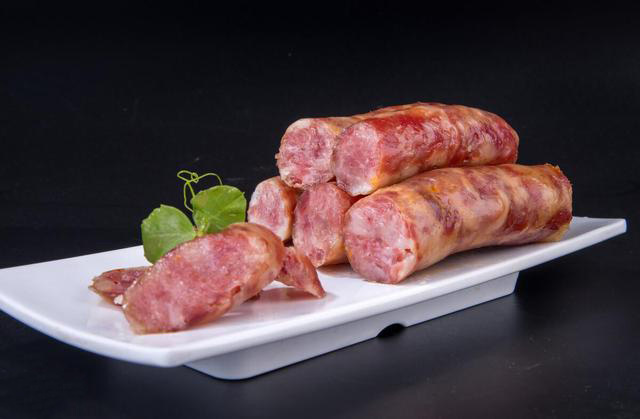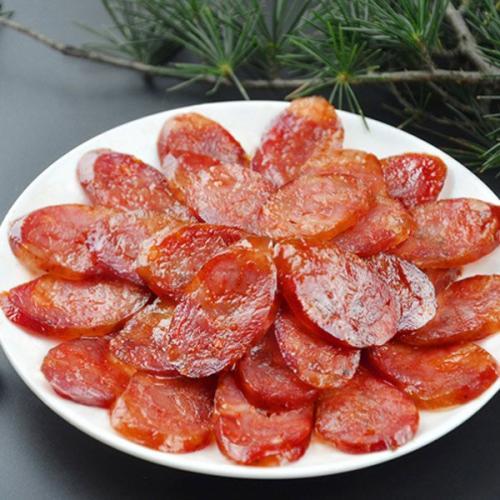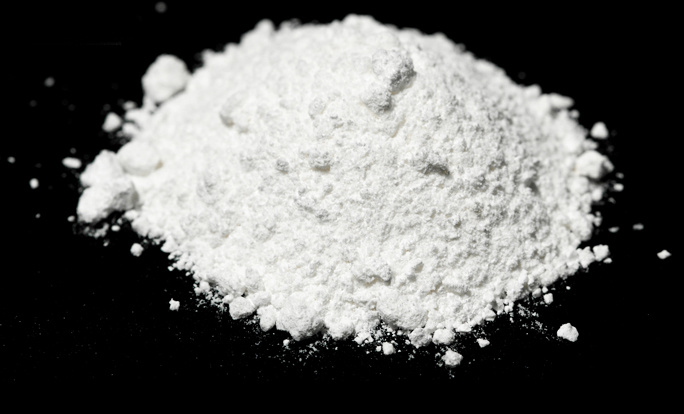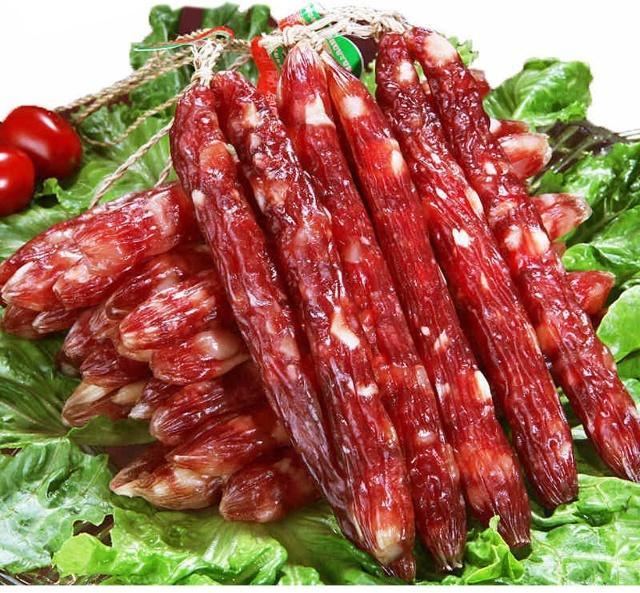-
ABOUT US
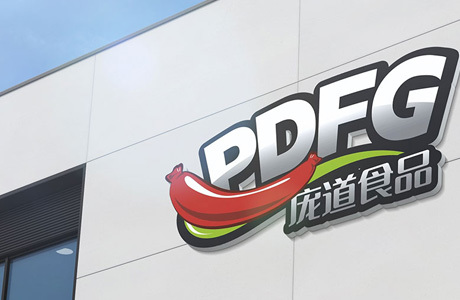
-
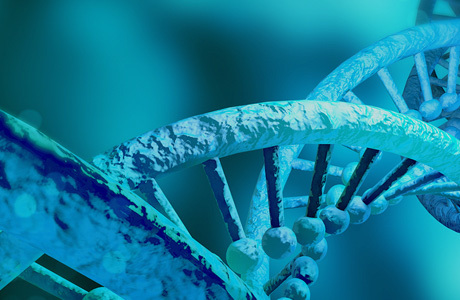
-
-
-
-
Characteristics of collagen casings
Publish Time:
2021-02-03
The main raw material for collagen casings is animal hide, and currently the main raw material used is cowhide.
The main raw material for collagen casings is animal hide, currently primarily cattle hide. Collagen casings have the following characteristics:
Collagen casings come in various lengths, diameters, and thicknesses; they are relatively strong; and product specifications are highly consistent and uniform.
Collagen casings are food-grade and contain a large amount of amino acid nutrients. Consumption poses no harm to the human body.
Due to their uniform and highly consistent quality, collagen casings can be easily compressed into tubes or rolled into cylinders for packaging, facilitating transportation and storage. They can be stored and transported at room temperature without special treatment, with a shelf life of two to three years.
Casings originate from animal (primarily pig, cattle, and sheep) viscera. They are one of the earliest used casings and a traditional packaging material for sausages. Their characteristics include edibility, permeability, heat shrinkage, and adhesion to meat fillings. Adhesion.
However, casings have the following drawbacks:
Cleaning and processing animal intestines is laborious and hinders mechanization, resulting in high operating costs;
Animal intestines contain many bends that are unfavorable for sausage production;
The thickness of animal intestines varies depending on the animal and its part, and their strength also varies. These drawbacks hinder the standardization and mass mechanized production of sausages
Previous Page
Latest News
Service Hotline
Nantong PONDA food (Group) Co., Ltd.
Address: No. 9, Dingxin Road, Dingyan Town, Rugao City, Jiangsu Province
Tel: 0086-13861920200
Email: williamxu@pondafood.com
Follow us

COOKIES
Our website uses cookies and similar technologies to personalize the advertising shown to you and to help you get the best experience on our website. For more information, see our Privacy & Cookie Policy
COOKIES
Our website uses cookies and similar technologies to personalize the advertising shown to you and to help you get the best experience on our website. For more information, see our Privacy & Cookie Policy
These cookies are necessary for basic functions such as payment. Standard cookies cannot be turned off and do not store any of your information.
These cookies collect information, such as how many people are using our site or which pages are popular, to help us improve the customer experience. Turning these cookies off will mean we can't collect information to improve your experience.
These cookies enable the website to provide enhanced functionality and personalization. They may be set by us or by third-party providers whose services we have added to our pages. If you do not allow these cookies, some or all of these services may not function properly.
These cookies help us understand what you are interested in so that we can show you relevant advertising on other websites. Turning these cookies off will mean we are unable to show you any personalized advertising.
Copyright © 2024 Nantong PONDA food (Group) Co., Ltd. All rights reserved






